There isn't a one-size-fits-all tire pressure that will cover various ATVs, terrain, and altitudes, so you need to know how to determine and maintain the tire pressure that works best for your ATV in different situations. Thankfully, it's not as difficult as it may sound.
You should check your tire pressure before and after each ride. Sometimes you should check it while you're out with your ATV too.
Tire pressure impacts the handling of your ATV and your personal safety, causing problems such as loss of control, lack of traction, increased likelihood to crash, susceptibility to punctures, and exploding tires!
Correct tire pressure also extends the life of your tires and other components of your ATV.
The most common tire pressure is 5-6 psi. That suits the average rider, on an average ATV, on average terrain. As low as 3 psi and up to 12 psi are common in different scenarios.
There should be a recommended tire pressure range written on the side wall of your tires. No matter what, do not exceed the highest number. You can and will probably need to vary your tire pressure depending on your needs, but don't fill them beyond that point. The tire could burst which would both ruin your tire and be very dangerous to you.
ATV are the core piece of riding gear for off-road riders
Find out the best look for you
Always make sure the tire pressure is the same per axle. You can have different tire pressures in the front and the back. Some people feel the need to have slightly less tire pressure in the back to optimize handling and, when racing, to compensate for increased tire pressure due to heating.
No matter what, both back tires and both front tires must always be the same to make sure the ATV handles correctly.
To complicate matters, tire pressure fluctuates with both changes in altitude and temperature.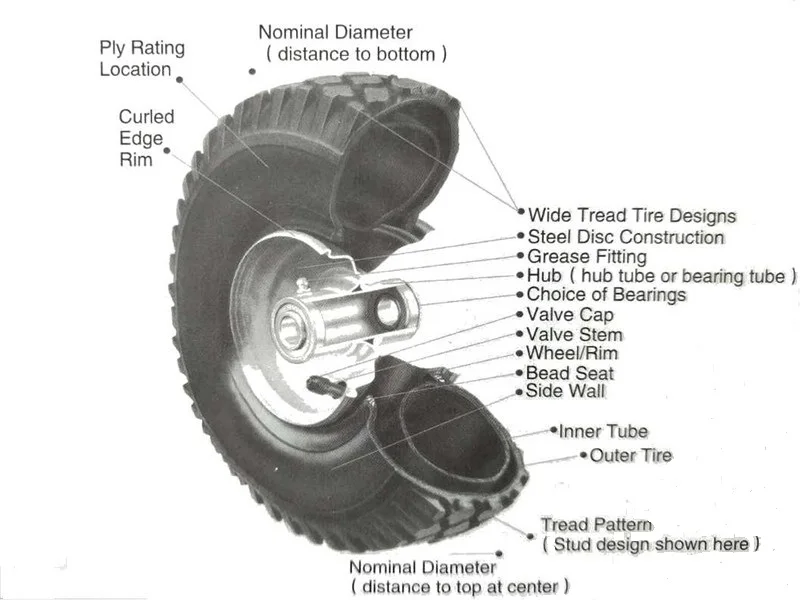 This means what works for you at one time of year or in one location might not work in another. It also means your tire pressure can be different on the trail than it is at home.
This means what works for you at one time of year or in one location might not work in another. It also means your tire pressure can be different on the trail than it is at home.
Be prepared. Your tires will likely tend to overinflate in the summer and tend to be underinflated in the winter.
The age of the tire also impacts its pressure. Older tires lose air faster, so be prepared for more frequent refills. If they don't seem to be able to hold air for more than a ride or two, they're not just old, they have a leak.
The right tire pressure is a range. Sometimes you need to be on a higher end of that range. 7-8 is a good average number.
You might want to increase your tire pressure when you're:
You might want to lessen your tire pressure, maybe even going as low as 3-4 psi.
A lower tire pressure is helpful when you're:
You may be able to tell your tires are under or overinflated before you take the pressure gauge to them for a test.
Your tires are probably underinflated if your:
Your tires are probably overinflated if your tires spin excessively and struggle to grip on loose terrain.
Image from www.gameandfishmag.com
You need a tire pressure gauge made for an ATV that can accurately read changes as minute as one psi. You can technically use any tire pressure gauge, but the results won't be very accurate, so you'll have less control and more headache.
You also need a way to put air in the tires. A bike pump will work, but it's a pain. Most people recommend a portable air compressor.
Both the gauge and compressor need to be in your on-machine toolkit.
ENDURO Camogrey
the most durable
279 EUR
AQUAMASTER Red
reliability & comfort
677 EUR
ALL SEASON Black
62 EUR
TRACE 30L Red
63 EUR
SPEEDMASTER NEW Graphite
209 EUR
Explore all
When first starting out with an ATV, you may not know what tire pressure to inflate your tires to. This post acts as a simple guide to help you decide what tire pressure works best for you.
I spent a while searching around the internet, and found out there are different tire pressures recommended for different scenarios. I found that most recommended tire pressures are anywhere between 3 psi up to 12 psi.
I found that most recommended tire pressures are anywhere between 3 psi up to 12 psi.
The most common tire pressure for an average rider on average terrain is going to be around 5-6 psi. If you are carrying extra weight, riding in sand, or want to customize your tire pressure for your needs specifically, then keep reading.
There are a lot of reasons to adjust your tire pressure to get the most out of your ATV while riding. Having the right tire pressure is safer and can prevent unnecessary slipping and helps your tires last longer. It is recommended to check your tire pressure before each ride and adjust according to how you plan to ride for that trip.
On the side wall of your tire there should be printed the specific tire pressure that is recommended for your tire. The maximum recommended pressure is provided by the manufacture. Do not exceed the maximum recommended tire pressure. If you do, you could cause damage to the tire and risk a tire erupting, which can cause injury.
Do not exceed the maximum recommended tire pressure. If you do, you could cause damage to the tire and risk a tire erupting, which can cause injury.
Just changing your tire pressure one psi can make a big difference in how your ATV handles. A higher tire pressure is better if you plan on riding with multiple people on one ATV or if you are carrying extra load. Such as, hunting gear or camping gear.
You could also add a little air to the tire if you plan on riding on mostly hardened terrain. Sometimes through really muddy terrain, an increased tire pressure can help you gain traction on the bottom of the mud pit and will help you get out a little easier. If there is no bottom for the tires to grip, less tire pressure will help with gaining traction in the mud itself.
Having a higher tire pressure can also help protect the rims on the ATV. Inflating the tire too much can make it easier for a sharp rock or log to puncture the tire, so be careful.
If you’re riding at higher speeds, carrying extra weight, or the terrain is hard packed, I recommend 7-8 psi.
Benefits of higher tire pressure:
A lower tire pressure is extra useful for places you need extra traction. Such as, sandy areas or areas with loose dirt or gravel. If you’re going to be riding through a lot of muddy terrain, a lower tire pressure might be something to consider as well.
With a lower tire pressure the tire is able to grab on to the terrain better, giving you more traction in places you need it. When riding in the snow, a lower tire pressure is also extremely helpful. More of the tire is in contact with the ground, limiting the amount your tire will slip.
If you’re riding in rocky, sandy, muddy, snowy, or other loose terrain, I recommend 3-4 psi.
Benefits of a lower tire pressure:
I found it hard to use the tire pressure gauge I used on my truck tires because the scale was not accurate enough. I couldn’t tell if it was set to 5 or 6 psi. It makes sense because the tire pressure on my truck it so much higher and one psi off doesn’t make a difference. I found it so much easier to just get a gauge made for ATV tires.
I couldn’t tell if it was set to 5 or 6 psi. It makes sense because the tire pressure on my truck it so much higher and one psi off doesn’t make a difference. I found it so much easier to just get a gauge made for ATV tires.
I recommend the Jaco Elite Tire Pressure Gauge I found here on Amazon. It goes up to 15 psi (I’ve never had to go above 10 psi for my ATV tires) and it works great. It will show the psi down to a tenth of a pound, which is exactly what I needed and way more accurate than the gauge I use for my vehicles.
To actually inflate the tires you could use an air compressor with the proper attachments or even just a bike tire pump. I used to use a simple bike pump, but I got sick of inflating a little, checking the pressure, inflating a little, and checking the pressure again, back and forth.
I ended up just getting a tire pump with compressor made by Slime. The gauge is accurate down to one psi and all comes compact in a nice little container. It will also work on cars and trucks, so I leave it in my truck now for emergencies, and it has come in handy a couple of times on the trails. I use the Slime Direct Drive Tire Inflator found here on Amazon.
It will also work on cars and trucks, so I leave it in my truck now for emergencies, and it has come in handy a couple of times on the trails. I use the Slime Direct Drive Tire Inflator found here on Amazon.
I usually fill the tires with the compressor, and make any little changes with, the more accurate, Jaco gauge.
The tire pressure should be the same per axle. If your owners manual suggests a certain pressure for your back tire, that goes for both left and right back tires. This is also the case for the front tires. Make sure both tires of an axle are set to the same psi. This is especially important for the front tires because any difference in tire pressure could change the way the ATV handles.
Some riders like to have the back tires set to a slightly lower psi. This improves traction of the rear tires but keeps the handling nice in the front tires. Allowing you to still steer well, while increasing grip on the track. Also when racing, the back tires tend to heat up a little more which adds to the tire pressure.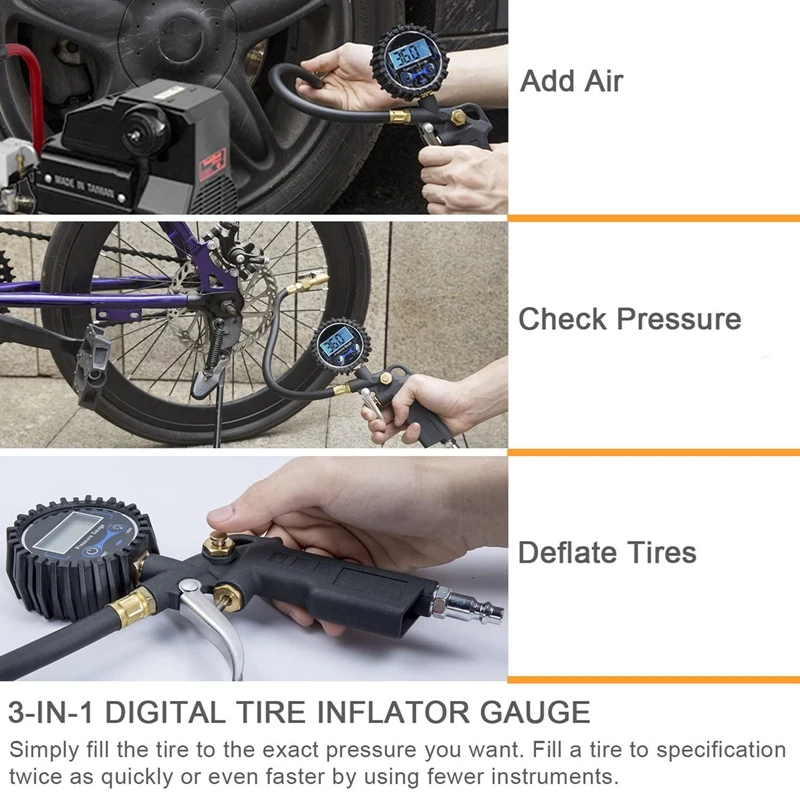 Setting the back tire pressure a little lower can help compensate for how the tire acts once its warmed up a bit.
Setting the back tire pressure a little lower can help compensate for how the tire acts once its warmed up a bit.
Setting your tire pressure properly can help prevent unnecessary puncture when riding. Nothing’s worse than getting a flat miles from where you need to be. Usually, having a higher tire pressure in your tires will help prevent punctures. When a tire is inflated to a higher pressure, the air in the tire compresses less and it’s more likely to bounce off of whatever you hit.
On the other hand, having too high of a tire pressure can cause punctures because the air has no where to go putting more strain on the tire at the point of impact.
There are a few options available to help prevent getting a flat on your ATV. You could upgrade to 8-ply or even 12-ply tires. Most ATV’s come stock with a set of 4 or 6-ply tires. If you go with 12-ply you will have virtually indestructible tires. Even if you do get a puncture, the tires should hold up long enough for you to get back off the trail.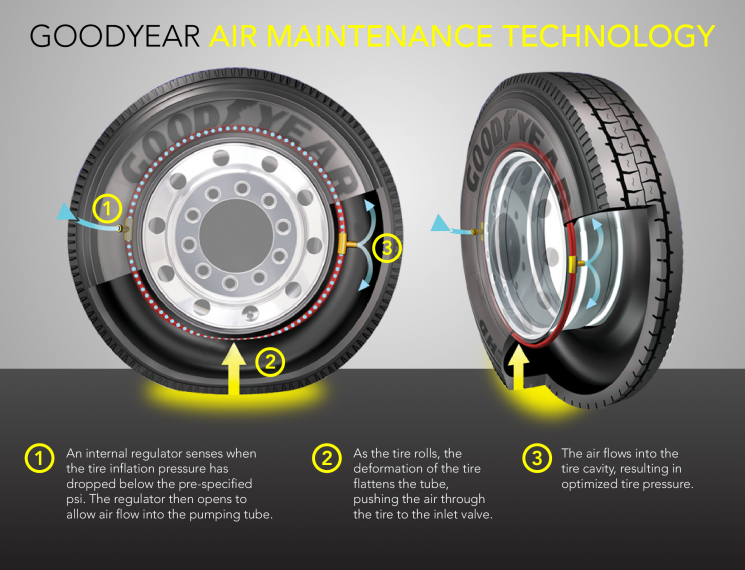
Some other options include:
There are a few things you could watch out for while your riding to help you gauge if your tires are low or overfilled. If you notice your ATV does not corner tightly or you feel a wobble at medium speeds, then your tire pressure is too low. If you tire is under inflated, your tire will roll slightly when cornering. If you feel your rims are hitting roots or rocks on the trail, or you notice them getting dinged up, it is possible your tires are under inflated.
If your tires are over inflated you will notice a loss of grip on loose terrain. This happens because your tires aren’t getting enough contact with the trail, and your tires will spin more than they should.
Something else to watch out for is the psi change due to altitude and temperature. If you want to see if this affects you, check your tire pressure at the start of a ride, and then again after about 30 minutes of riding. If the pressure is too high for your liking, just set them a little lower at the beginning of your ride next time.
If the pressure is too high for your liking, just set them a little lower at the beginning of your ride next time.
When you notice the knobbies on the sides of the tire start to split or break off, that’s a good indication it’s time for new tires. Tires wear away over time, and as they lose thickness they are more prone to punctures and going flat.
As your tires wear away you will get less traction, which will affect cornering and acceleration. It is always recommended to keep your tires in good condition and replace them when necessary.
Sharing is caring!
Tire pressure affects the flotation, stability, handling and smoothness of the ATV. Therefore, it is important to adhere to the optimal parameters, which depend on the type of coating and load. What pressure is recommended for CFMOTO ATVs - we will tell in the article.
CFMOTO indicates the recommended pressure in kilopascals (kPa).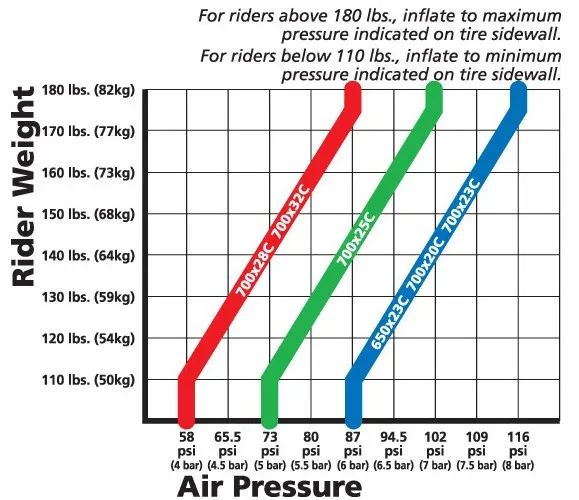 1 kPa equals 0.0098 atmospheres (atm) or 0.145 pounds-force per square inch (psi). It is important not to confuse these units of measurement when inflating tires. nine0003
1 kPa equals 0.0098 atmospheres (atm) or 0.145 pounds-force per square inch (psi). It is important not to confuse these units of measurement when inflating tires. nine0003
The recommended tire pressure for CFMOTO ATV is indicated in the instruction manual and on the vehicle itself in the area of the left rear fender.
Tires are marked with the maximum pressure they can withstand.
Low tire pressure improves off-road capability, allowing the ATV to sink less in mud, swamp, snow or sand. This is due to the fact that the contact patch of the tire with the surface increases, and the specific pressure on the ground decreases. In addition, poorly inflated tires are less “blurred” with dirt, more easily leave the rut and roll over obstacles such as trees, stumps or large stones lying on the road. nine0003
Most CFMOTO ATVs are equipped with ANCLA tires, the normal pressure of which, according to the manufacturer, is 45 kPa.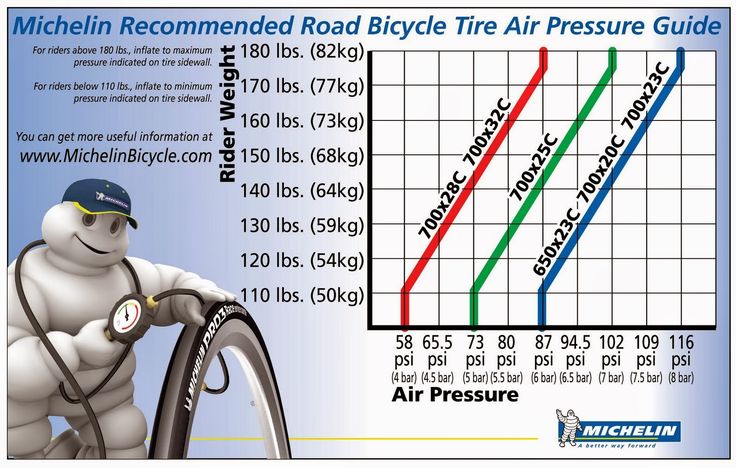 This is sufficient for off-road routes. A reasonable lower limit is up to 35 kPa. It is possible to bleed even more air only if there are beadlocks - devices that securely press the tire to the side of the disk.
This is sufficient for off-road routes. A reasonable lower limit is up to 35 kPa. It is possible to bleed even more air only if there are beadlocks - devices that securely press the tire to the side of the disk.
All-terrain vehicle tires with a car seat must have a higher pressure - from 70 kPa, the exact parameters depend on the model.
If the pressure is too low:
It is best to inflate your tires before long trips on asphalt or other hard surfaces. This will increase stability and control in corners and on a straight line - due to less deformation of the rubber. In addition, the tread will not wear out as much. nine0003
nine0003
The pressure should also be increased when transporting a heavy load and a passenger.
Optimum tire pressure for a CFMOTO ATV with a motorcycle seat when driving on asphalt is 70-90 kPa.
If the pressure is too high:
It is advisable to do this before each ride - when the tire is cold. You will need a low pressure gauge to check. When using a conventional car, there will be a large error.
The recommended tire pressure for CFMOTO ATVs is 45 kPa. For all-terrain vehicles (SSV), the optimal parameters are different - more than 70 kPa. Before carrying a passenger and a heavy load or a long drive on asphalt, you can pump more. nine0003
If the pressure is too low, there is a risk of breakage, deterioration of handling and stability. If it is too high, it becomes uncomfortable to ride, all the bumps in the road are felt, the load on the suspension and steering increases.
Despite all the reliability of the ATV, the driver is not immune from traffic accidents. The rider is waiting for falls, collisions and many other troubles. But more than 70% of accidents can be avoided by following safety precautions, conducting regular maintenance and monitoring the tire pressure of the ATV. Wheels affect not only ride comfort, but also the likelihood of accidents. For example, a machine with inflated tires will gallop over rough terrain like a mountain goat. nine0003
Contents
ATV tire pressure affects:
 Properly inflated wheels will improve the maneuverability and increase the sensitivity of the machine.
Properly inflated wheels will improve the maneuverability and increase the sensitivity of the machine.
Tire pressure affects the safety of the driver, so do not neglect even such a small parameter.
Before each departure, it is recommended not only to inspect the equipment, but also to check the pressure in the wheels. For each type of route, appropriate indicators should be selected.
Recommendations:
Documentation must indicate the optimum tire pressure for the ATV to ensure a comfortable ride. These indicators are individual and depend on the purpose of the device, season, weight and other parameters of the equipment. For example, for a comfortable ride on asphalt, the tire pressure of the CFmoto X8 ATV should be 1.1-1.5 bar. Surprisingly, such high rates favorably affect the handling of the vehicle and reduce tire wear. nine0003
If the manufacturer's recommendations are not in the documentation, the general standards should be followed. The optimal indicator for driving on soft surfaces is 0.35-0.83 bar. For trips on hard roads, it should be increased by 25-40%.
Note: The rear wheels should be inflated slightly more than the front. This will improve ride comfort and increase maneuverability.
Many novice drivers are interested in what pressure should be in ATV tires? However, they do not think about its effect on tires. When driving on flat tires, the "contact patch" increases. Low pressure will increase ride comfort on soft trails, but at the same time increase tire wear. nine0003
Pumped cameras will also bring a lot of problems. Due to the reduction of the “contact patch”, the device becomes a time bomb, and poses a danger to the driver. High pressure reduces grip, damping and sidewall flexibility.
The driver's safety, handling and maneuverability of the vehicle depend on the correct pressure in the ATV wheels and the quality of the rubber.
When choosing tires, you need to consider personal needs, driving style, track surface and many other parameters. First of all, you should pay attention to the labeling.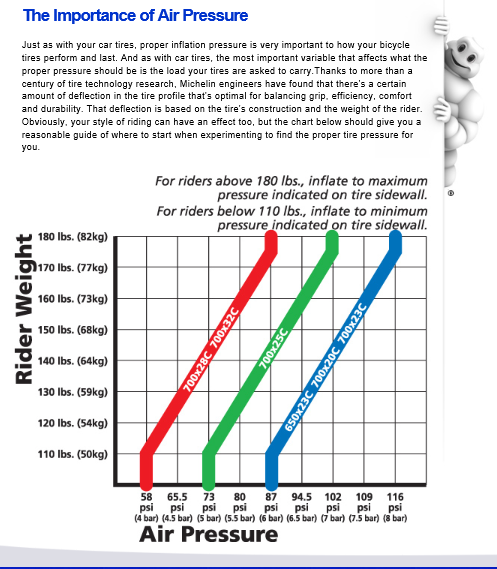 The rubber should have an "E" on it. This marking informs that the products comply with all European standards. nine0003
The rubber should have an "E" on it. This marking informs that the products comply with all European standards. nine0003
The bus must also have a number. For example, the code "11" means that the tire was made in England. If the number is missing, then the rest of the marking is invalid.
Also note:
